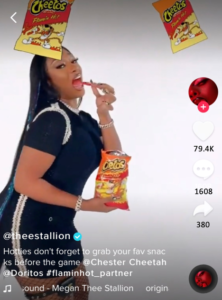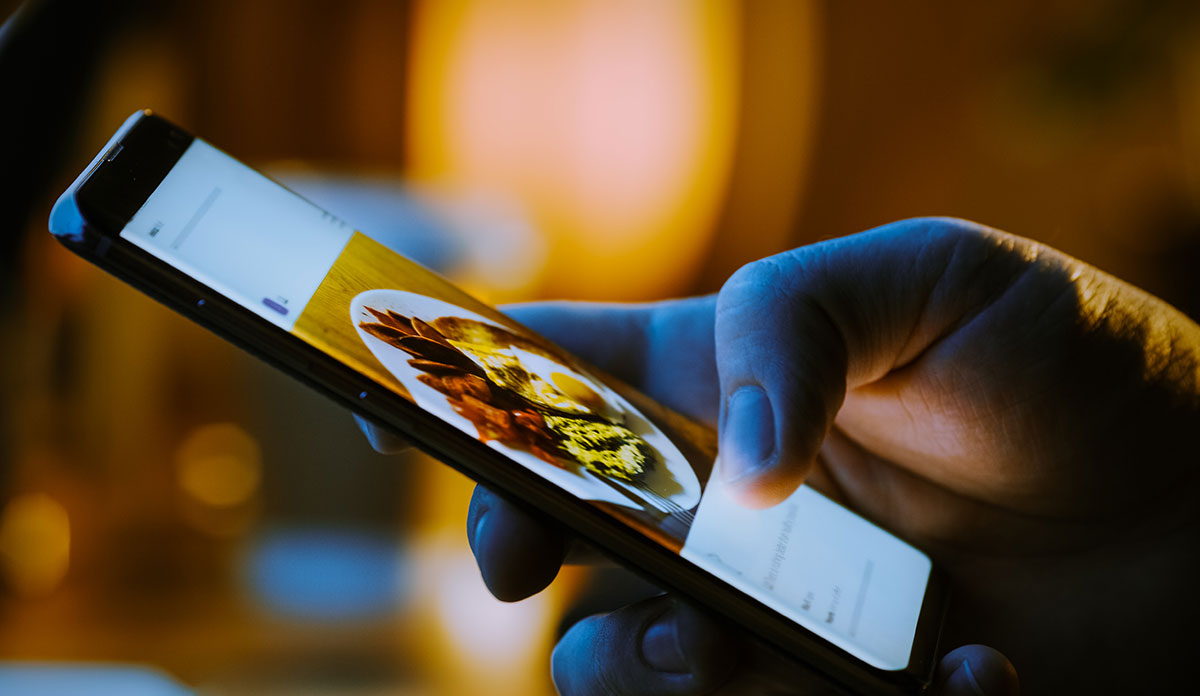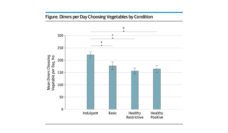It’s 2020. You’re scrolling through your Instagram feed. Because you love and follow Megan Thee Stallion, you see she shared a video of her best friends trying her new hottie sauce at Popeyes. You keep scrolling, finding your feed flooded with posts of your friends and classmates also trying the hottie sauce. Now you’re hungry and feeling major FOMO. You consider stopping by Popeyes’ later.
How does online engagement with fast-food brands correlate with obesity rates by state? The relationship between social media behaviors and obesity is not clear. So understanding this relationship is an important first step before designing interventions to counteract the possible health-harming effects of social media marketing.
We wondered if there was a correlation between the number of people following the Instagram and Twitter accounts of junk food brands, and state-level obesity rates. When we say “junk food,” we mean fast-food and sugary drinks, products that add “empty” calories and sugar to peoples’ diets. We also examined whether use of healthy or unhealthy hashtags predicted the likelihood of following brands’ accounts. Some examples of healthy hashtags were #abs and #active; we coded hashtags mentioning meat or beer products as unhealthy.
Food marketing is a major component of what researchers call the “food environment.” Decades of research make it clear that repeated exposure to junk food marketing affects brand-specific preferences among youth. It has also been strongly associated with overconsumption of the junk foods marketed most extensively to them.
Social media platforms, like Instagram and Twitter, are especially profitable for food and beverage marketers. And their ubiquity among youth and adults who on average spend 65 minutes daily on these platforms has made social media a highly sought advertising platform. Companies also hire celebrity partners to boost sales and reach younger audiences. In 2019, for example, McDonald’s collaborated with rapper Travis Scott to launch the Travis Scott Meal, which was advertised on television and across multiple social media platforms. The campaign was so successful that McDonald’s experienced a momentary shortage of Quarter Pounders.
To examine this relationship between obesity rates and social media engagement, we analyzed data from the Behavioral Risk Factor Surveillance System (BRFSS) survey and DemographicPro (a social media analytics firm). From the latter, we purchased age and location data from users following 26 fast-food and beverage brands’ accounts on Instagram and Twitter. Some of the brands we chose included Coca-Cola, Gatorade, Vitamin Water, Chick-fil-A, Burger King, and Taco Bell—because they had the highest ad spending in 2019.
Our regression analyses related the mean percentage of followers and state-level obesity rates.
We found a significant, positive correlation between the state-level obesity rate and the mean percentage of followers of sugary drink or fast-food brands on Instagram and Twitter. In other words, the states with higher obesity rates also had higher numbers of people who followed unhealthy food brands.
But such a correlation between obesity rates and low-calorie drink brand followers was only found on Twitter.
We supplemented these results by compiling a list of the 1,500 most frequently used hashtags by the brands. We then identified 733 hashtags on Instagram and 703 on Twitter that overlapped across all 26 brands. Our team coded hashtags as “healthy”, “unhealthy”, “neutral”, or “unrelated to health”. Finally, we conducted statistical analyses to examine the relationship between the number of brand followers and their hashtag usage.
Texas has the highest mean number of followers for fast-food brands on Twitter, and it’s a state that has a high rate of obesity. Our findings suggest that following unhealthy food and drink brands on Instagram and Twitter correlates with obesity rates throughout the U.S. It’s important to emphasize that this correlation does not imply causation. Following brand accounts does not cause high rates of obesity by state. Rather, our findings point to the need for more experimental research on the digital food environment and its population-level effects.
Research like ours is an important first step in the critical assessment of social media food marketing, and such studies can help develop comprehensive policy regulations that limit the marketing of unhealthy food and drinks across the social media landscape.
Photo via Getty Images















